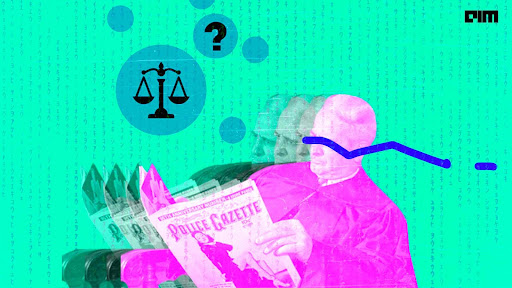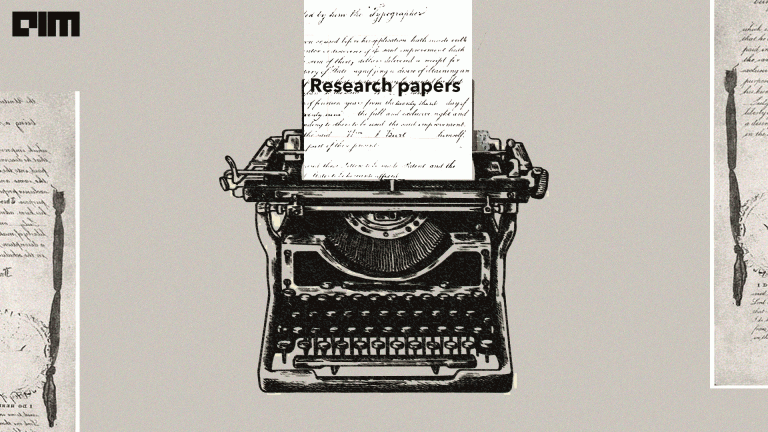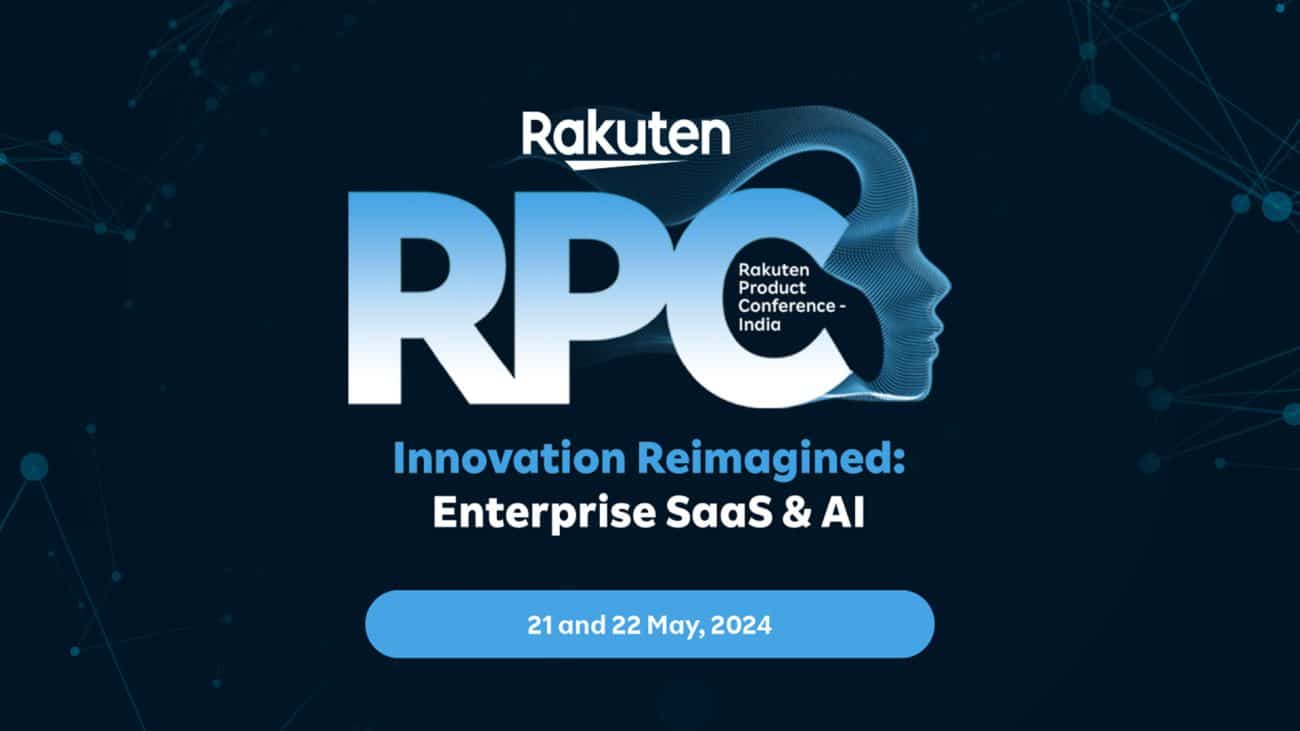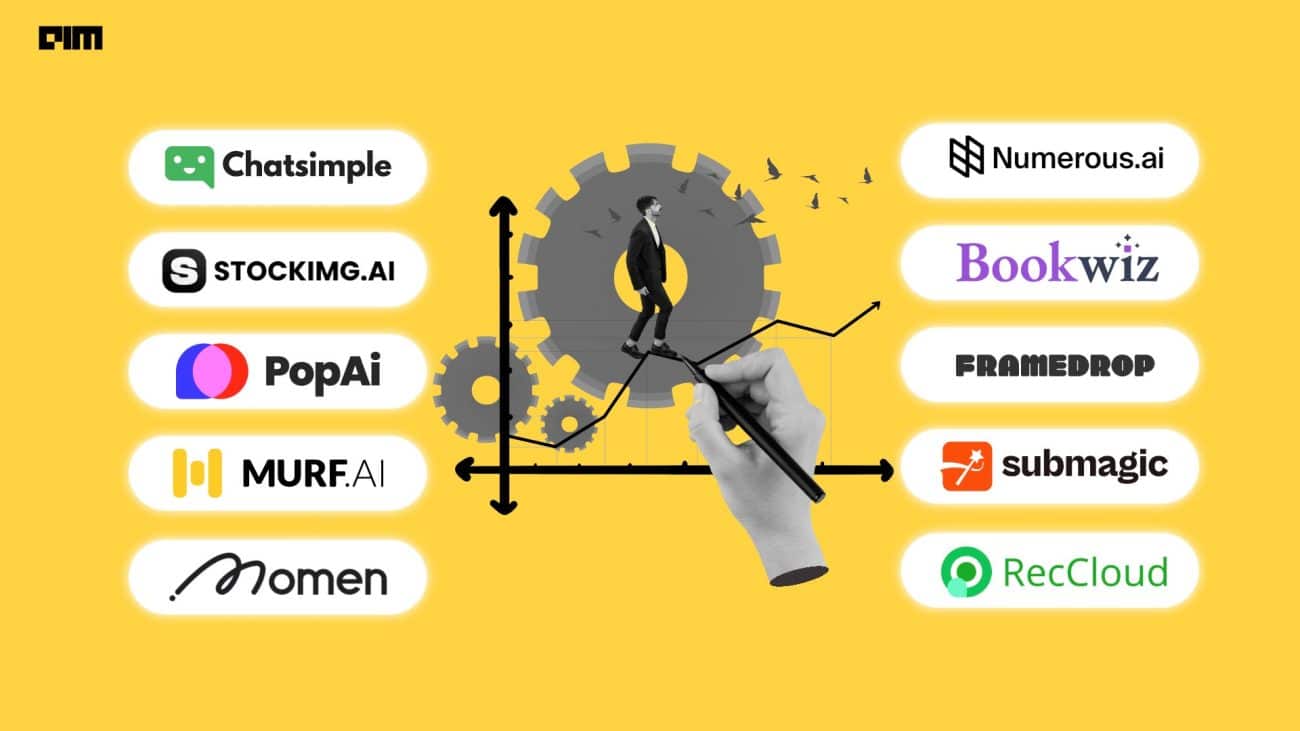Webster defines governance as ‘the act or process of governing or overseeing the control and direction of something (such as a country or an organisation)’ Most of us agree with the above definition when it’s about a country or an organisation. But, ‘AI governance’ is a slightly different ball game.
What is AI governance?
Simply put, it is a process of developing a framework to ensure AI systems operate smoothly in a controlled setup. This includes capturing and managing metadata on AI models as part of AI governance processes, and testing models for biases, among other things.
If implemented correctly, it brings trust in AI systems.
IBM outlines AI governance as the process of defining policies and establishing accountability to guide the creation and deployment of AI systems in an organisation.
“AI governance is about AI being explainable, transparent, and ethical,” according to ML observability platform Arise. Marketing company TechTarget wants AI governance to have a legal framework to ensure machine learning technologies are well researched and developed to help humanity navigate the adoption of AI systems fairly. Forbes describes AI governance as evaluating and monitoring algorithms for effectiveness, risk, bias, and RoI.
Though the definitions of AI governance vary, the basic tenet remains the same – building trust in AI systems. But what goes into the making of AI governance functions?
AI governance, by nature, is an interdisciplinary function. It has a lot of stakeholders, processes and departments across the lifecycle of a project. Let’s explore further.
AI researchers and data scientists
Biases including cognitive bias, incomplete data, flaws in the algorithm, etc, slow down the growth of AI in an organisation. Research and development play an important role in addressing these issues.
Who understands this better than ethicists, social scientists, and experts? Therefore, businesses should include such experts in their AI projects across applications.
Data architects
Data architects also play a key role in governing AI products. Companies should have a complete pipeline of data or metadata for AI modelling.
Remember, AI’s success depends on a well-sorted data architecture that is error and noise-free. To do so, data standardisation, data governance, and business analytics are a must.
HR
HR plays a key role in shaping the AI governance function. For instance, they should find candidates who “fit” into the organisation’s existing AI framework and create training material for the existing workforce to help them understand how to create ethical AI applications.
Legal and compliance
Ensuring AI products don’t cross any legal boundaries is critical for smooth deployment. AI solutions meet the stipulated compliance guidelines of the organisation and the industry in which the organisation operates. No one-size-fits-all kind of approach comprehensively captures the legal and compliance boundaries.
For instance, what customers consider ethical for a financial services industry can be completely different for businesses. The goal of embedding legal and compliance teams into the AI governance function is to ensure diverse & inclusive inputs in decision making.
Business representation
Business functions such as marketing, sales, HR, supply chain, and finance have realised the benefits of embedding AI in their strategy. That means domain knowledge becomes extremely important, not just for building practical applications but also for evaluating them.
Therefore, good business representation in the core AI governance council can yield better results. The governance council of an enterprise should have members from different domains. Moreover, it helps in inclusive and smooth governance, where all the business requirements are considered.
Procurement and finance
Many product-based companies have incorporated AI functionality in their products. Often, when companies are buying a product that’s not primarily based on AI, it generally doesn’t come under the purview of the AI governance body. But what if the business uses a feature/functionality/product based on AI?
Ideally, the procurement and finance teams should have AI experts to help onboard the right product.
A good AI governance function will provide a framework to manage AI algorithms and products effectively. In addition, building an agile and cross-functional AI governance team will bring diverse perspectives to the table and help create awareness around AI across the spectrum.
This article is written by a member of the AIM Leaders Council. AIM Leaders Council is an invitation-only forum of senior executives in the Data Science and Analytics industry. To check if you are eligible for a membership, please fill out the form here.



















































































